Fishing at night can be a foreign experience for the uninitiated. The nightscape on a river can seem like an alien world compared to its daytime counterpart. Disorientation can make even the simplest tasks seem monumental, including choosing a fly. But, while normally routine operations like walking down the riverbank or tying on extra tippet can become vexing conundrums, the process of selecting a fly at night is much the same as it is during the day.
That's not to say that the same flies that work best during the day will work best at night. In fact, quite the contrary can be true. But, choosing the right fly at night is accomplished in the same fashion as during the day, by observing the fishes' environment and attempting to determine what is most likely to trigger a predatory response from your quarry.
During the day time, when the river is alive with big green drakes being plucked from the surface by aggressive trout, choosing a big coffin fly is likely the way to go. During a caddis emergence, you might go for a sparkle caddis pupa, hoping to entice fish as they spot the rising nymphs and snatch them from the water column. When the water is cold and the sun is high and the fish are wary, it might be a heavy nymph fished deep and drifted just past the nose of a holding fish.
In each of these examples, the angler is rightfully cued on what the fish are seeing and attempting to predict what is most likely to trigger a visual response from the fish. In the daytime, fish hunt primarily by sight. At night, however, a fish's vision takes a back seat to its hearing. Fish most certainly hunt by sight at night as well, but due to the limited available light, a fish most often hears its prey before it sees it.
And so, an angler at night should choose a fly first on how it will be "heard" by a fish. This equates to a fly that moves or "pushes" (displaces) water. In the most simplest terms, this equates to something big. As Orvis' Tom Rosenbauer notes, anglers should choose "something that creates a disturbance in the water that will trigger the near-field lateral line 'hearing' of a fish. It should be 'noisy' but subtle. Good examples are deer hair heads, collared bucktail, and palmered hackle." Big wooly buggers, bunny leeches and zonkers are a good ticket, too.
While focusing on how much water a fly will move should be the first concern when selecting a night fly, how that fly will be seen still plays an important, albeit secondary role. At night, due to the absence of ambient light, how a fly is seen is essentially limited to how it appears silhouetted against the night sky.
By in large, as guide and instructor Tom Larimer notes, this "makes the color of your fly irrelevant to the fish", leading most anglers to choose flies that are either white or black. For Larimer, that choice is most often white. "For nighttime surface patterns like mice and gurglers, I've always found white to be the most effective color. At night the fish are only keying in to silhouette and sound. However, white reflects the most ambient light making it more visible in the moonlight."
It is also important to note that the absence of light available to the fish's vision at night plays an important role not only in the color of the fly an angler should select, but the weight of the fly too. A fly that fishes too far down in the water column will be too deep to produce a strong silhouette. Rosenbauer adds, flies selected at night "should float or have neutral buoyancy. Flies like Clousers don’t work as well at night because they swim below the area where a fish can see in limited light." Those aforementioned wooly buggers and bunny leeches? Go with unweighted ones.
Bushy flies that float or swim high in the water column are often made of materials that produce more movement in the water, as well. This produces the added bonus of making the fly look more alive, increasing the chances that a fish will decide to eat it once its sound has prompted a closer, visual inspection.




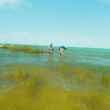

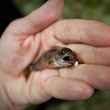













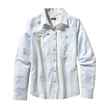
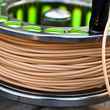



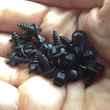
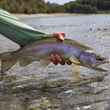
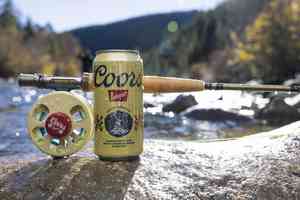

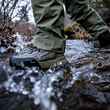

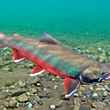
Comments
Ralston replied on Permalink
I can tell you that the white/grey unweighted wooly bugger will catch fish after sunset. You need to slow pull it in as you are relying on feel rather than sight to set the hook. Keep the lines tight
Pages